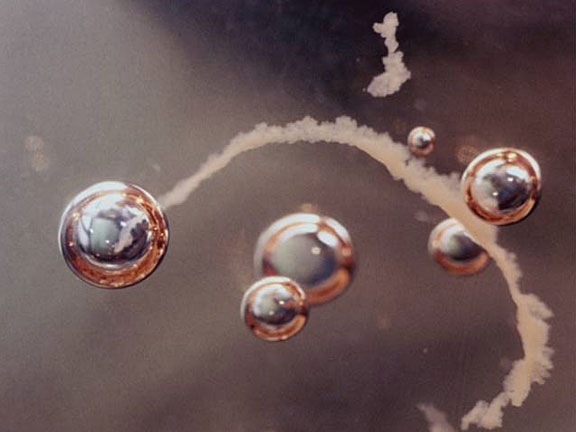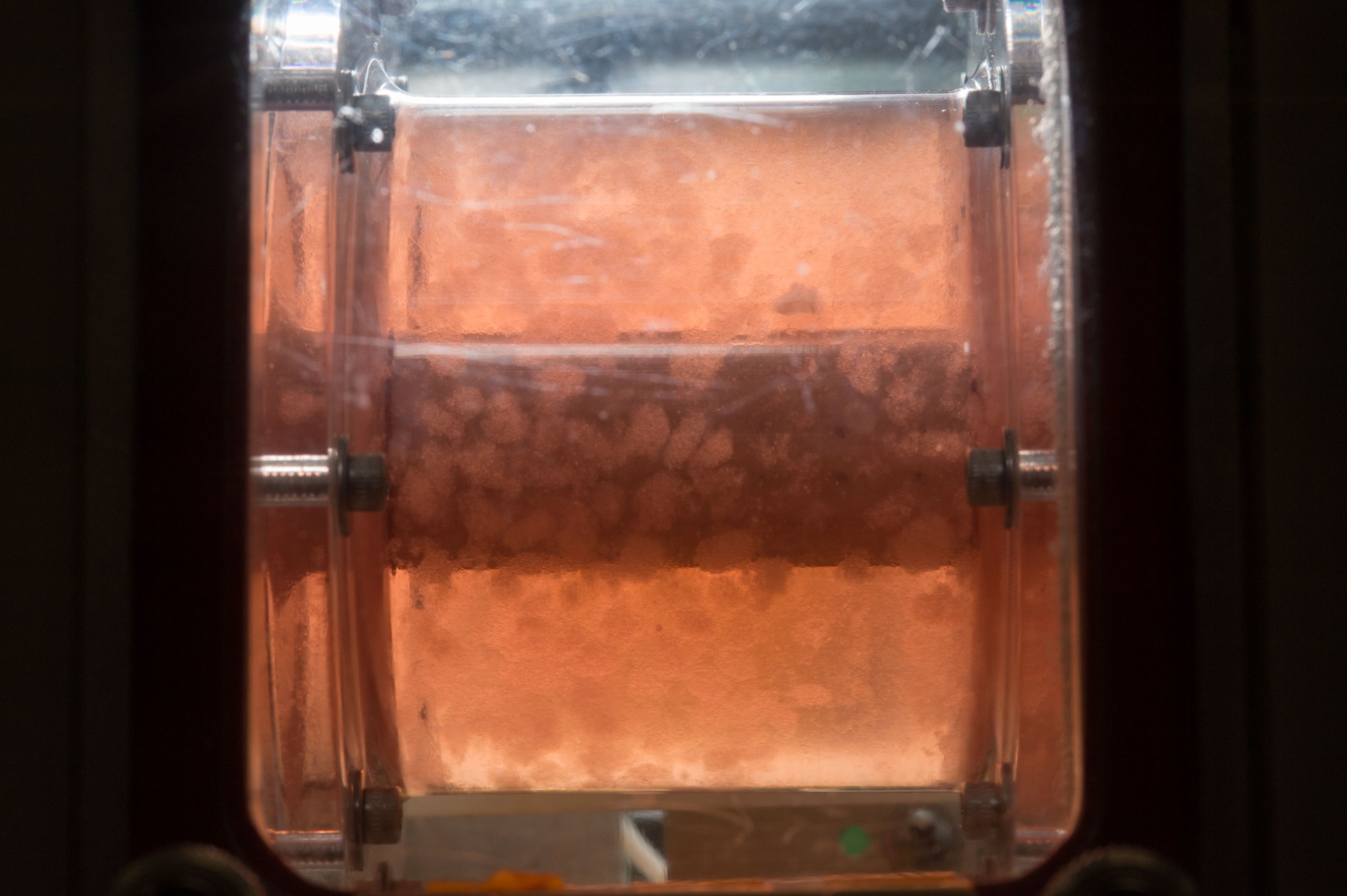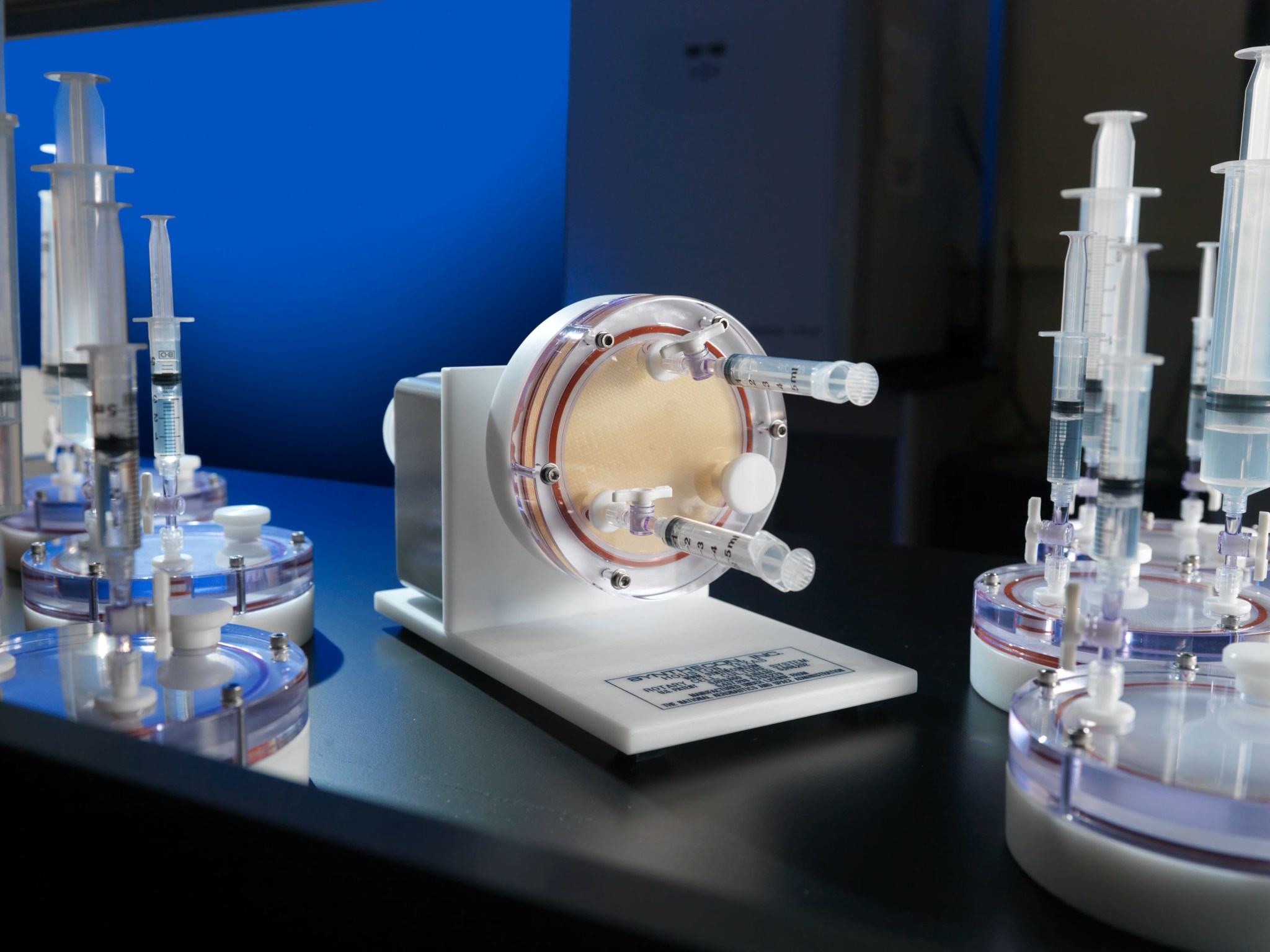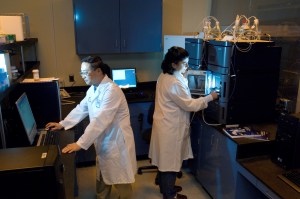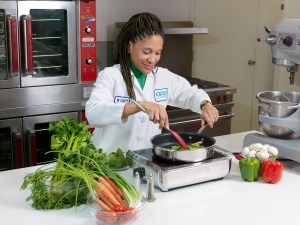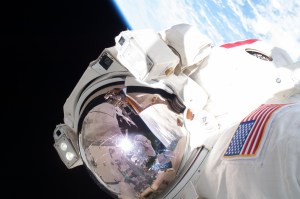Expanding Horizons
The Space Cell Biology (SCB) Laboratory, located at the Johnson Space Center, is a facility that performs conventional 2D cell culture as well as 3D tissue engineering in a variety of bioreactors. In the 1980s, NASA discovered how to use microgravity to improve tissue culture technology and developed a method to model 3D conditions in a ground-based rotating bioreactor. Tissue types previously grown in the rotating bioreactor at NASA include skin, muscle, bone, cartilage, heart, pancreas, liver, prostate, and many others.
The primary functions of the SCB Laboratory are to create tissue models to explore solutions to health risks encountered during human spaceflight; support payload experiments conducted in the ISS National Laboratory, and to enable external investigators interested in using 3D tissue culture for their research.
The SCB Laboratory is adjacent to the Bioanalytical Core Laboratory for ready access to a wide range of facilities.
Fun Fact: Space Cell Biology (SCB) Laboratory personnel train astronauts in basic cell biology concepts and techniques to prepare them for future biological research experiments on the ISS.
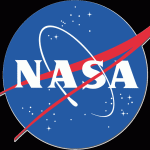
NASA
Growing Cells in Microgravity
Traditionally, cell biologists culture cells in flat dishes. However, cells in our bodies are not flat (2D), rather, they are 3D and form 3D organ structures. Past research at NASA has shown that cells grown in a microgravity environment arrange themselves into 3D aggregates that more closely represent how they would grow and function in the body. Experiments conducted aboard the ISS continue to validate the findings of ground-based research using the NASA Rotating Bioreactor. Some experiments aim to determine the effects of microgravity on cells while other experiments use microgravity as a unique environment in which to create 3D tissue structures that are used in other research studies.
The fields of tissue engineering and regenerative medicine continue to evolve, employing state-of-the-art methodologies for recreating 3D tissue structures using biocompatible scaffolding materials, cell-encapsulation in hydrogels, and 3D printing technologies. Scientists in NASA’s Human Health and Performance Directorate conduct cell biology experiments using many of these technologies.
Applications for Earth Benefits
Three-dimensional tissue engineering has clinical and research applications for both space exploration and Earth-based medicine that include:
- Cancer transformation, growth, and metastatic process;
- Host-microbe interactions (PDF, 723KB);
- Pathogen propagation
- Vaccine research
- Gene expression/gene regulation
- Tissue engineering
- Alternative to animal studies
- Host-toxin interactions
- Drug cytotoxicity assays
Laboratory Capabilities
- Rotating wall vessel systems with slow-turning lateral vessels and high-aspect-ratio vessels
- Commercially available batch-fed rotating bioreactor systems for incubator use in ground studies
- Ground perfused units
- Perfused rotating bioreactor systems for use in ground studies
- Commercially available perfused systems
- Rotating wall perfused system
- Perfused rotating bioreactor systems for use on the ISS
- Biotechnology specimen temperature controller
- Static bioreactor for use on the ISS
- Tissue culture facility
- Standard tissue culture Biosafety Level -2 facility equipment, including biosafety cabinet, tissue culture incubators, phase contrast, and fluorescence microscopes, blood gas analyzers, chemical fume hood, and adjacent access to the Bioanalytical Core Laboratory.
Services
- Development of 3D tissue models
- Perform ground-based studies to characterize cell proliferation, differentiation, 3D morphology and metabolic parameters for mono- and co-cultures in stationary and rotating bioreactors
- Development and validation of flight protocols; real-time support of ISS payload experiments
- Adapt cell/tissue models for flight experiments on the ISS
- Conduct crew training
- Provide real-time flight support, including console operations and ground control experiments
- Testing and evaluation of ground and flight hardware
- Complete biocompatibility/toxicity assessments
- Perform functional evaluations
- Design and fabrication of new bioreactor hardware
- Engineer new concepts in bioreactor technology to meet evolving needs
- Employ experienced engineers to create new hardware-enabled with cutting-edge technologies
Resources
Point of Contact
Antony Jeevarajan, Ph.D.





























